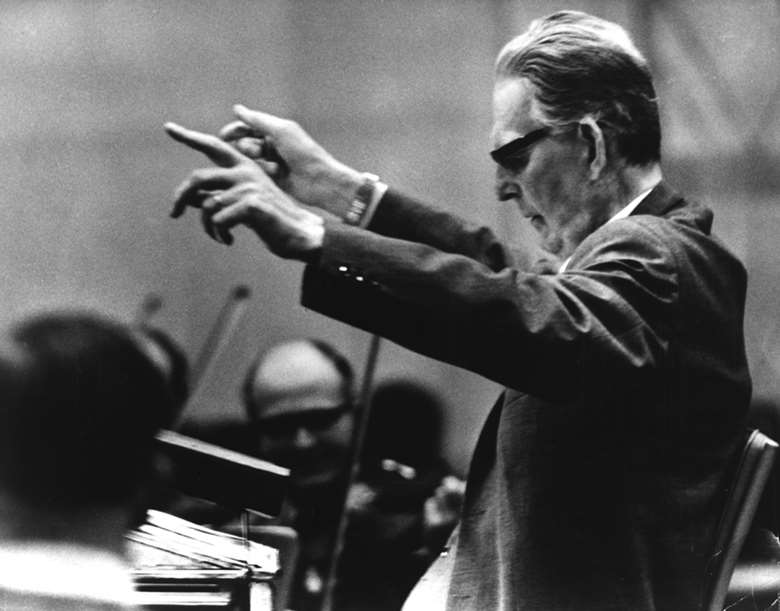Icon: Otto Klemperer
Peter Quantrill
Wednesday, July 6, 2016
Peter Quantrill pays tribute to a conductor who owed his early career to Mahler and went on to become one of the most influential conductors of the 20th century

Register now to continue reading
Thanks for exploring the Gramophone website. Sign up for a free account today to enjoy the following benefits:
- Free access to 3 subscriber-only articles per month
- Unlimited access to our news, podcasts and awards pages
- Free weekly email newsletter








